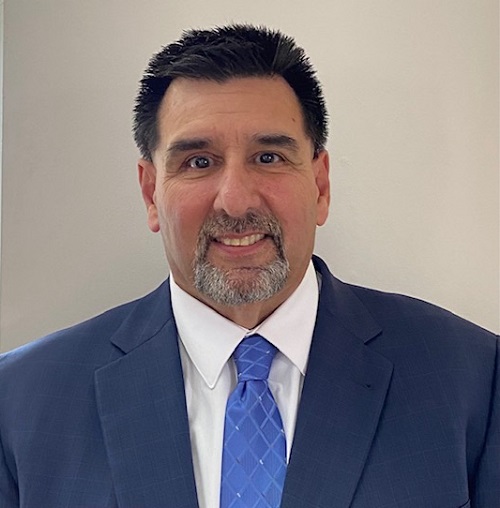Steve Faup, divisional director, supply chain, for Capital Health, shared the following insights:
How Non-Acute Supply Chain Leaders Can Recover from Pandemic Disruption
Over a year after the onset of the COVID-19 pandemic, health systems are looking to find a way back to some sort of normalcy for their supply chain processes. Supply chains in just about every industry suffered, and the healthcare sector is no exception. While the pandemic isn’t over yet, it’s never too early to plan how to promote recovery for your non-acute supply chain. Non-acute supply chain leaders need a strategy for recovery in place to ensure that there are fewer business disruptions while the global supply chain slowly recovers. Below, we have three considerations how non-acute supply chain leaders can recover from the pandemic disruption.
Stay flexible in the shift towards telehealth
With the surge of social distancing and self-isolating, patients were much less likely to visit a healthcare practice in person. Telehealth appointments have allowed patients to conduct their appointments from the security of their home, while only coming in for any necessary tests. Eventually, there will be a shift back towards in-person visits, but it’s important to understand the demand of your health practices while telehealth is still widely practiced.

Maintain your stockpile
If the world goes through more major disruptions in the future, healthcare systems need to be prepared to meet the demands of their patients. Stockpiling your resources is an efficient way to ensure that your health system is equipped with the supplies they need in an emergency. It’s important that you are stockpiling materials that you aren’t using every day, otherwise you will burn through your supply. Additionally, you need to consider any expiration dates to ensure the quality of your stockpile. Building and maintaining a stockpile requires a strategy for the use and storage of your supply.
Forge ahead
Moving forward and planning ahead is one of the best ways to get past any lingering pandemic disruptions. Focus on the growth of your business and the supply of your system, while looking for ways to stay relevant and efficient. Review your current operations to see if there are any processes that could be improved, while developing any new models or developments in your business. Engage the leadership of your physicians to discuss the needs of the facility and how the supply chain can help.
At the end of the day, it’s all about finding the best way for non-acute healthcare supply chain leaders to move forward. As the world slowly recovers, non-acute supply chain leaders can generate more engagement to purchase services and projects to grow the business.
